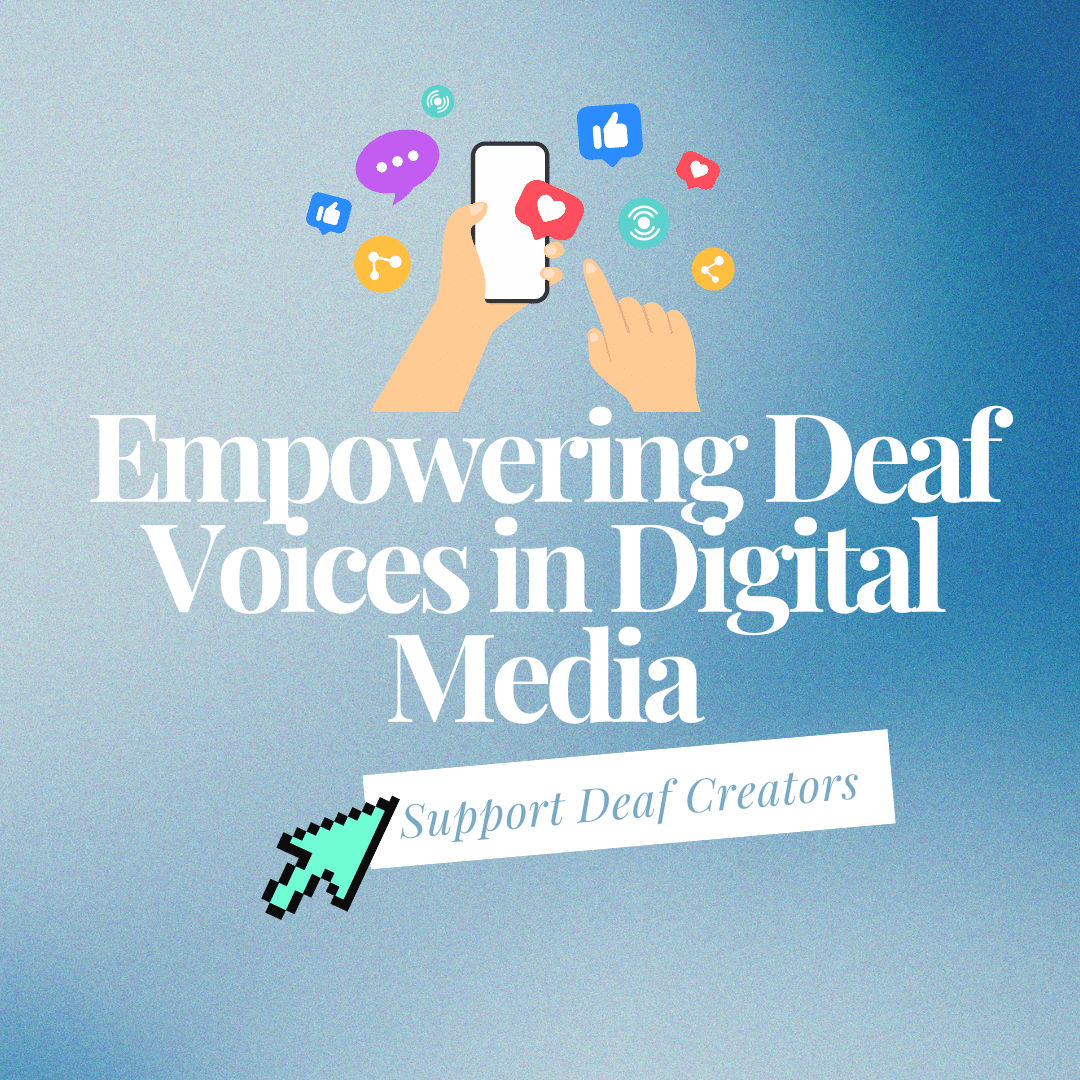
Deaf Culture vs. Hearing Culture
- by Katelyn Cheng
- One Comment
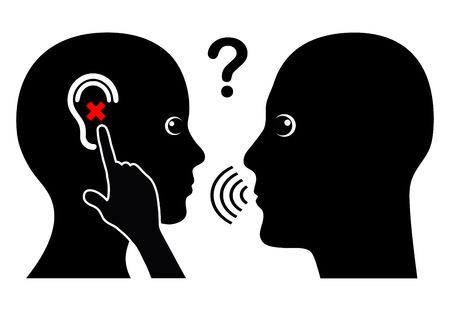
There are major differences between the Deaf culture and hearing culture that people may not realize and it is crucial to keep in mind when interacting with Deaf people. One of the biggest differences is Deaf people are very direct with each other and “beating around the bush” does not exist in the Deaf community. Directness includes giving criticism, asking taboo questions, or stating frank opinions. While this may seem harsh and rude in the hearing community, directness and blunt honest opinions are absolutely acceptable. What are the taboo questions? They include the following:
- Are you pregnant?
- Are you Republican or Democrat?
- Are you gay or straight?
- Are you religious and what’s your religion?
- Are you single or married?
- How old are you?
- How much is your rent or car?
Another significant difference is constant eye contact. It is considered rude to break eye contact because it gives the impression that the person does not care or is not paying attention. Since the form of communication is entirely visual, the moment someone looks away, he or she will miss what is being said.
—Personal Experience—
I am profoundly deaf and since I grew up oral, I grew up in the hearing world. Hearing people occasionally glance away, so whenever I interacted with hearing people, I will sometimes break the eye contact by quickly glancing away. Later, when I started learning ASL and became involved in the Deaf community, I was not aware of the cultural differences. I was chatting with a few Deaf friends or fluent hearing ASL signers and during the conversation, I would sometimes glance away. I was given feedback that I was being rude whenever I darted my eyes from the person I was speaking with and was informed to not do that. Ever since, I have always held constant eye contact whenever I interact with Deaf people or fluent hearing ASL signers.
—————————————
Body language is another major difference. Body language and facial expressions are extremely important in the Deaf culture. In the hearing world, if someone walks out of the room while another person is speaking, this is considered rude; therefore Deaf culture is similar in that if someone walks out of the room while another person is signing, it is considered rude. Also, body language and facial expression is key and can change the “tone” of the conversation, while this may only subtly change the “tone” of the conversation for hearing people because the tone of the conversation mainly depends upon the tone of the voice. In addition, it is absolutely rude to hold someone’s hands while they are signing. This is equivalent to covering someone’s mouth while they are speaking. This is an indication that someone is preventing that person from speaking/signing.
It is completely normal to tap on the shoulder, switch the lights, stomp the ground, or wave in front of them to get a Deaf person’s attention. Hearing people respects other people’s personal space and tend not to tap or touch someone to get their attention. They will say “excuse me” if they want to pass by or get someone’s attention. Also, it is very common for Deaf people to sit in a circle where they are able to see everyone clearly, whereas this does not matter as much in the hearing community.
Here’s a fun video of a Deaf comedian Hii-enn demonstrating the cultural differences between Deaf and hearing people. Enjoy!


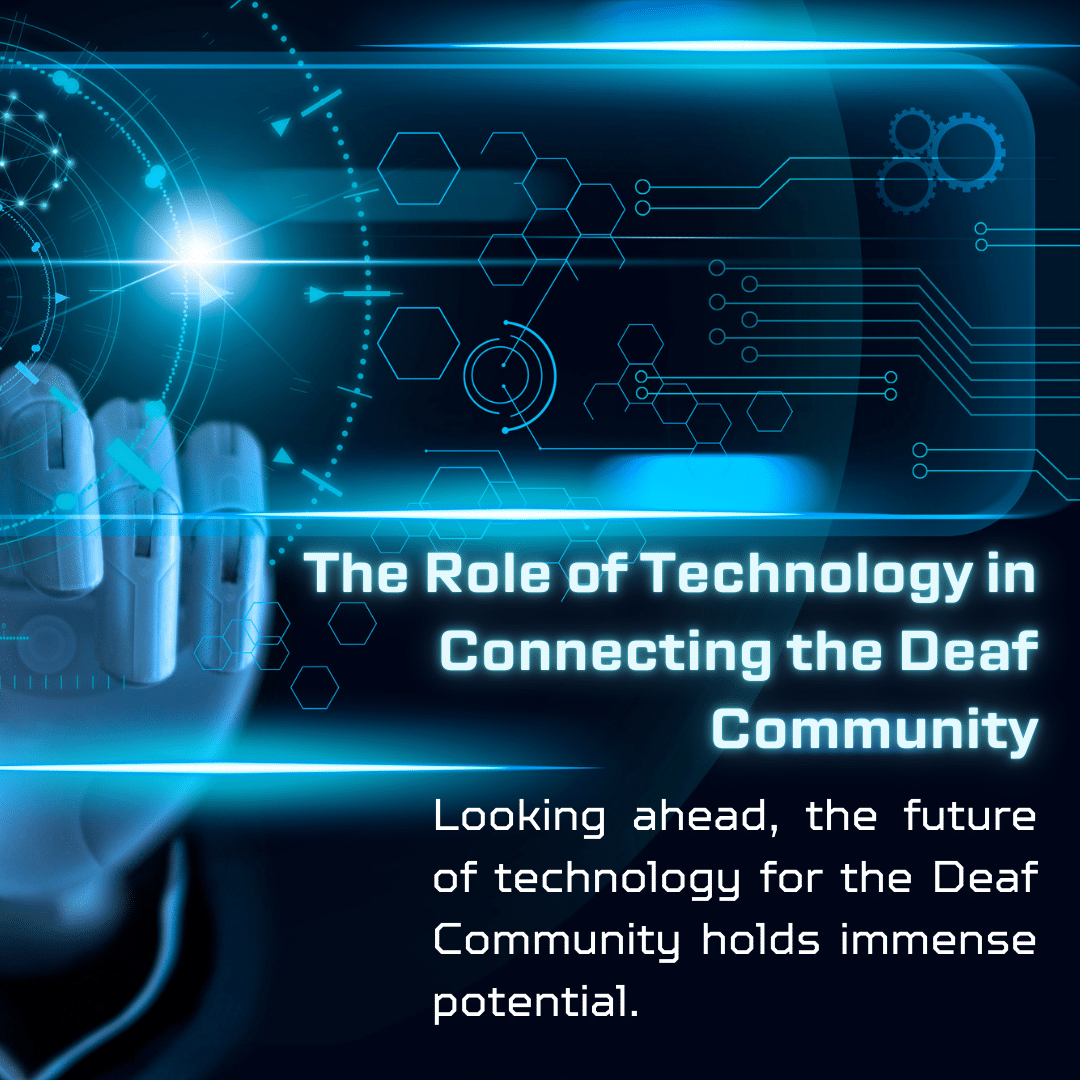

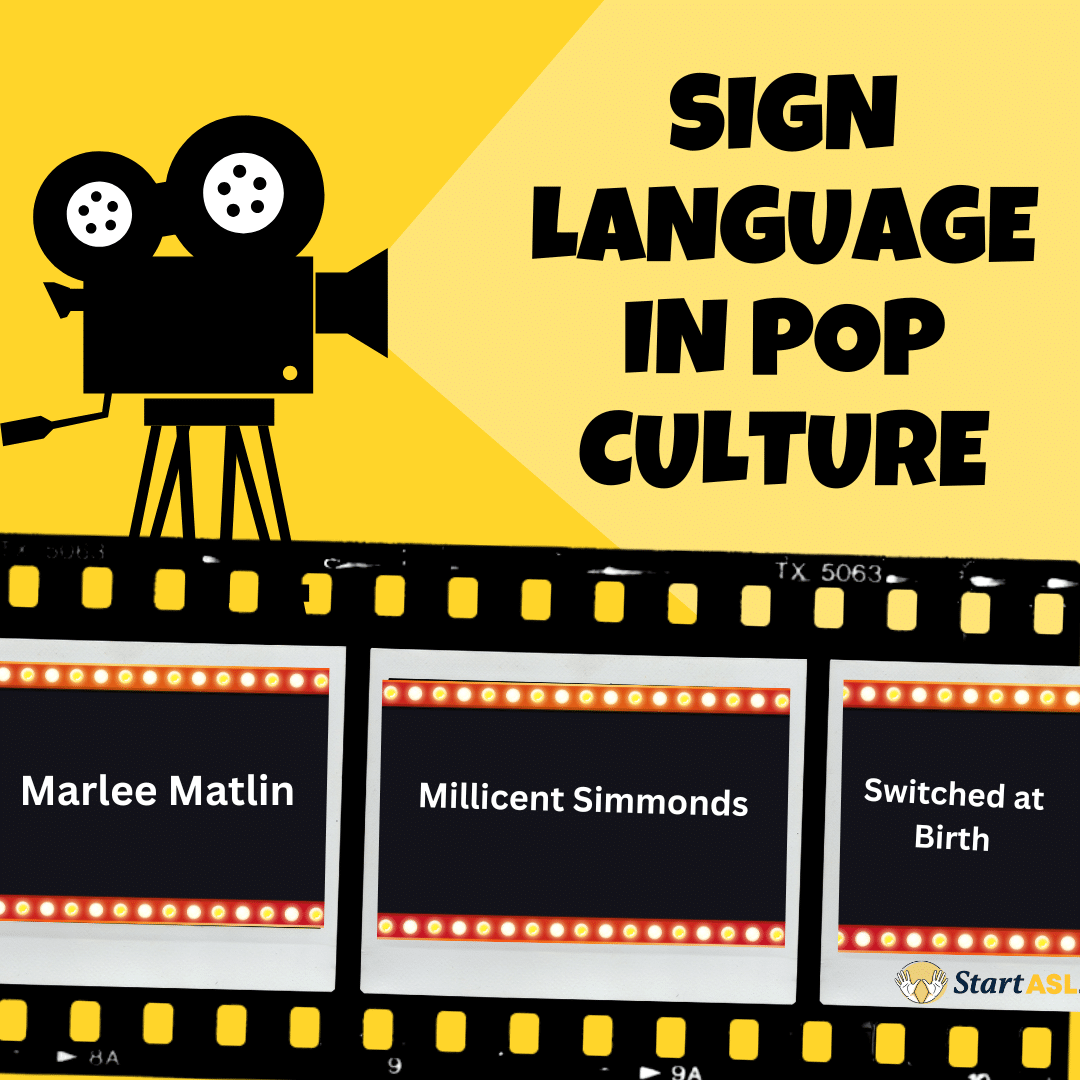
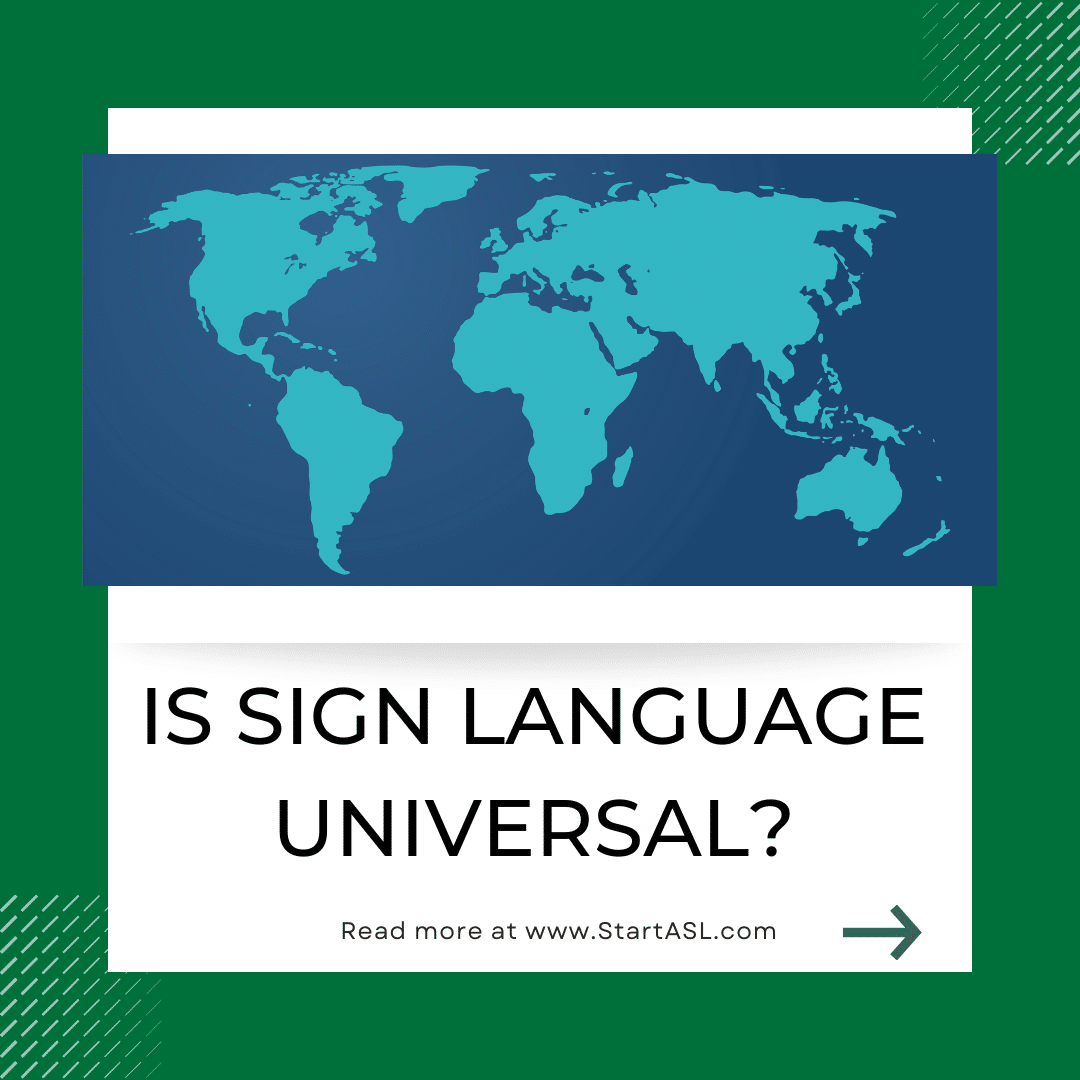





One Response
🥺